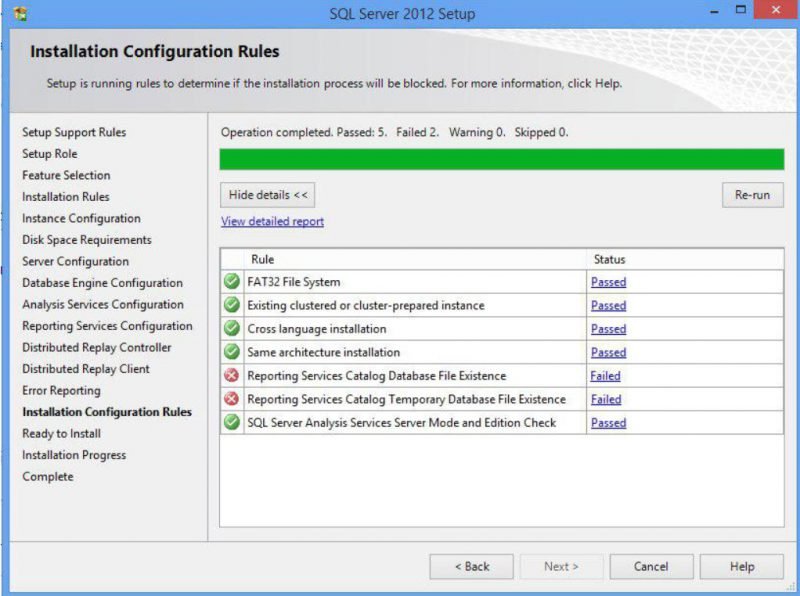
- #How to install sql server 2014 ssrs installation install
- #How to install sql server 2014 ssrs installation series
- #How to install sql server 2014 ssrs installation windows
The concepts still apply up to SQL Server 2014.
#How to install sql server 2014 ssrs installation series
Here’s the series of articles I wrote on scaling out a Reporting Services 2008 in native mode.
#How to install sql server 2014 ssrs installation install
Install the Reporting Services binaries on all of the servers that you want to include in the farm (see, I used the term “ farm” instead of a cluster).But to simplify the process, it involves the following high-level tasks. Despite the upcoming SQL Server 2016 version, the documentation remains the same. The main reason why I wrote a series of articles on MSSQLTips about how to scale-out a Reporting Services 2008 server is because the documentation on Books Online is confusing and hard to follow. Scaling Out a Reporting Services Server in Native Mode You can think of the configuration in terms of separating the compute resource (the Reporting Services engine) and storage resource (the Reporting Services databases where you store your report definitions, connection strings, etc.) It’s no different from the typical “ cloud” deployments nowadays. The underlying Reporting Services databases – ReportServer and ReportServerTempDB – would need to be in a WSFC because they require a database engine. Which also means we can call the deployment as a farm instead of a cluster.

So, when you decide to provide high availability to Reporting Services, you really have to think of it in terms of network load balancing solution, not WSFC. Note that, in both cases, you will be accessing Reporting Services reports via a browser. In SharePoint-integrated mode, you are running it side-by-side with SharePoint and using it as the gateway to Reporting Services. In native mode, you are running Reporting Services on its own. There are two modes available when running Reporting Services – native mode and SharePoint-integrated. And because I consider it a web application, providing high availability would mean using a network load balancing solution. I’d like to think of Reporting Services as an ASP.NET web application that does not require IIS. When I found out that Reporting Services is not supported to run on top of a WSFC, the first thing that came to mind was that it probably has a different underlying architecture than that of the database engine. I just wished they would change the wordings on that SQL Server Books Online article since WSFC is no longer called Microsoft Cluster Services. Unfortunately, it is not supported to run on top of a WSFC.

SQL Server Reporting Services is a server-based reporting platform that comes with the SQL Server product suite.
#How to install sql server 2014 ssrs installation windows
One of the most common question I get asked is, “ Can I use Windows Server Failover Clustering (WSFC) for SQL Server Reporting Services?” The primary intent behind this question is high availability. And when high availability is a requirement for a Microsoft product, the first thing that comes to mind is a WSFC.


 0 kommentar(er)
0 kommentar(er)
